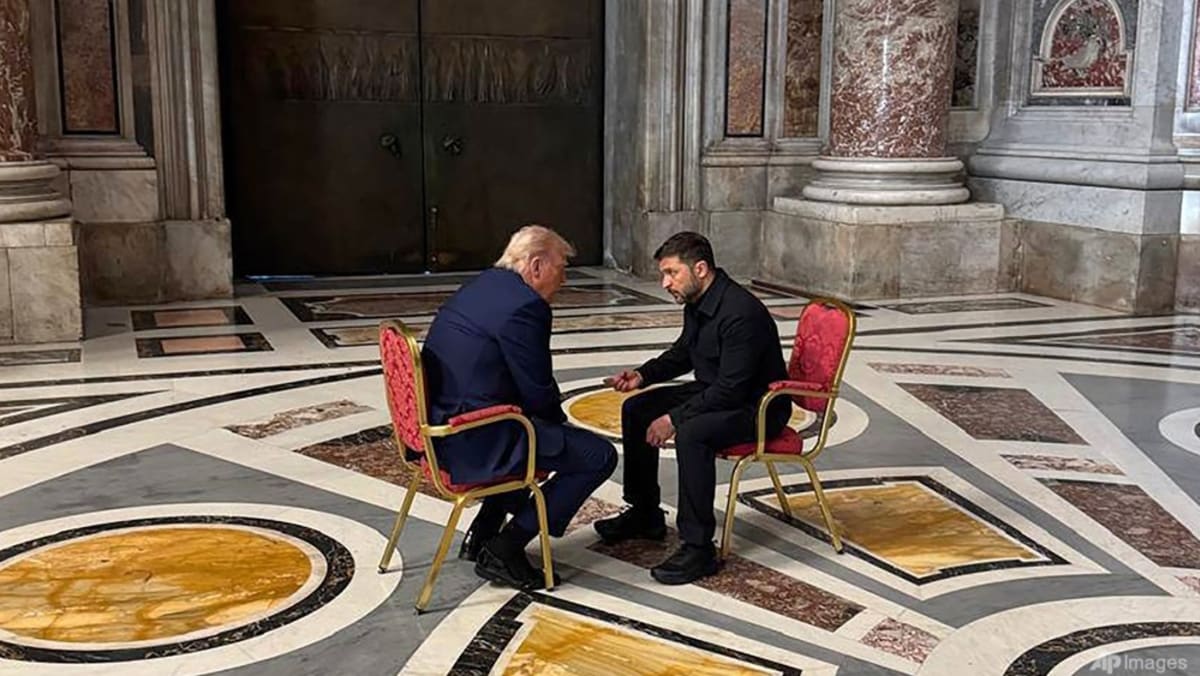Commentary: How Feb 29 reminds us of our mysterious relationship with time and space

TIME AND SPACE
This is just part of the history of how February – the shortest month, and originally the last month in the Roman calendar – came to have the job of absorbing those inconsistencies in the temporal calculations of the world’s most commonly used calendar.
There is plenty of science, maths and astrophysics explaining the relationship between time and the planet we live on. But I like to think leap years and days offer something even more interesting to consider: Why do we have calendars anyway?
And what have they got to do with how we understand the wonder and strangeness of our existence in the universe? Because calendars tell a story, not just about time, but also about space.
Our reckoning of time on earth is through our spatial relationship to the sun, moon and stars. Time, and its place in our lives, sits somewhere between the scientific, the celestial and the spiritual.
It is notoriously slippery, subjective and experiential. It is also marked, tracked and determined in myriad ways across different cultures, from tropical to solar to lunar calendars.
It is the sun that measures a day and gives us our first reference point for understanding time. But it is the moon, as a major celestial body, that extends our perception of time. By stretching a span of one day into something longer, it offers us a chance for philosophical reflection.
The sun (or its effect at least) is either present or not present. The moon, however, goes through phases of transformation. It appears and disappears, changing shape and hinting that one night is not exactly like the one before or after.
The moon also has a distinct rhythm that can be tracked and understood as a pattern, giving us another sense of duration. Time is just that – overlapping durations: Instants, seconds, minutes, hours, days, weeks, months, years, decades, lifetimes, centuries, ages.
Source: CNA















